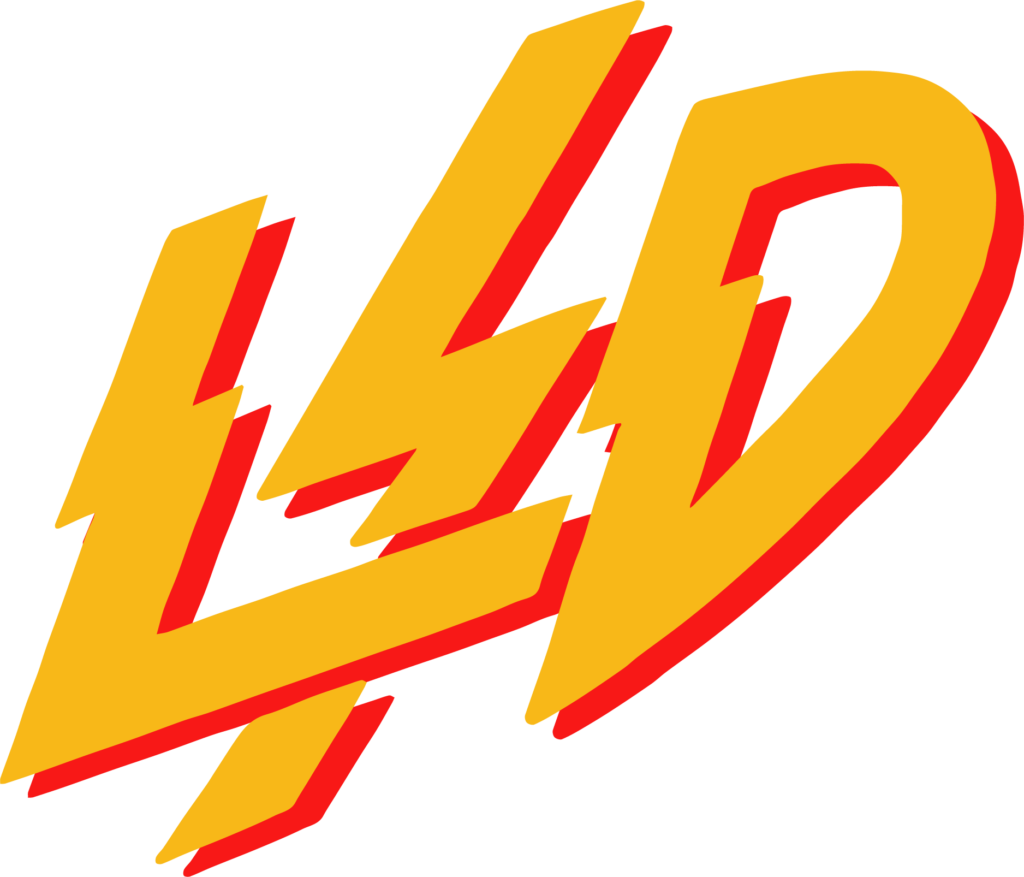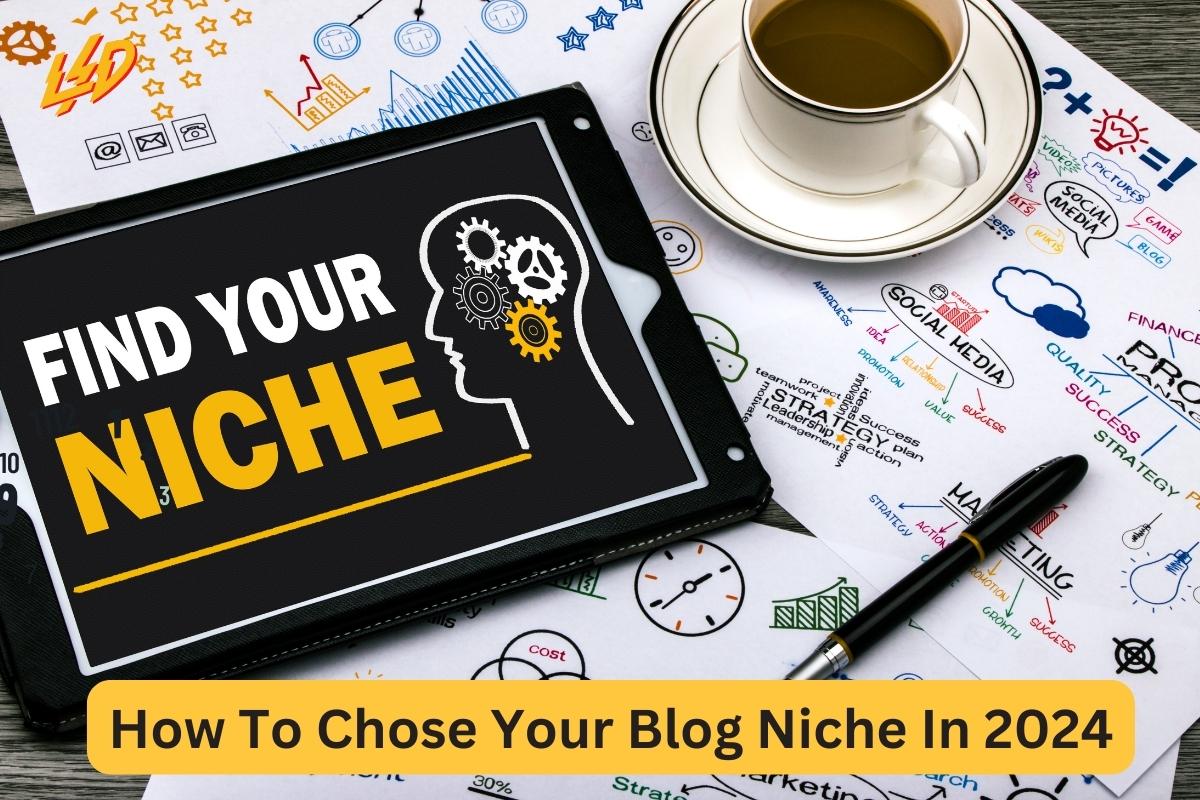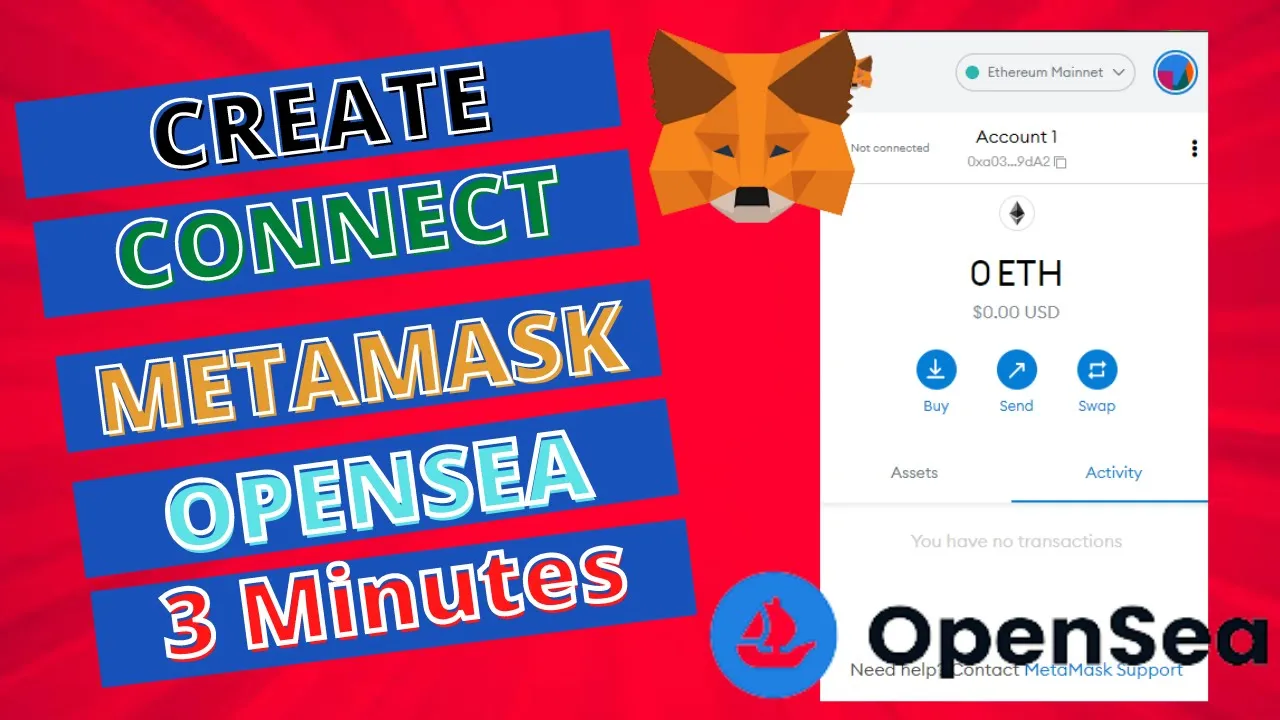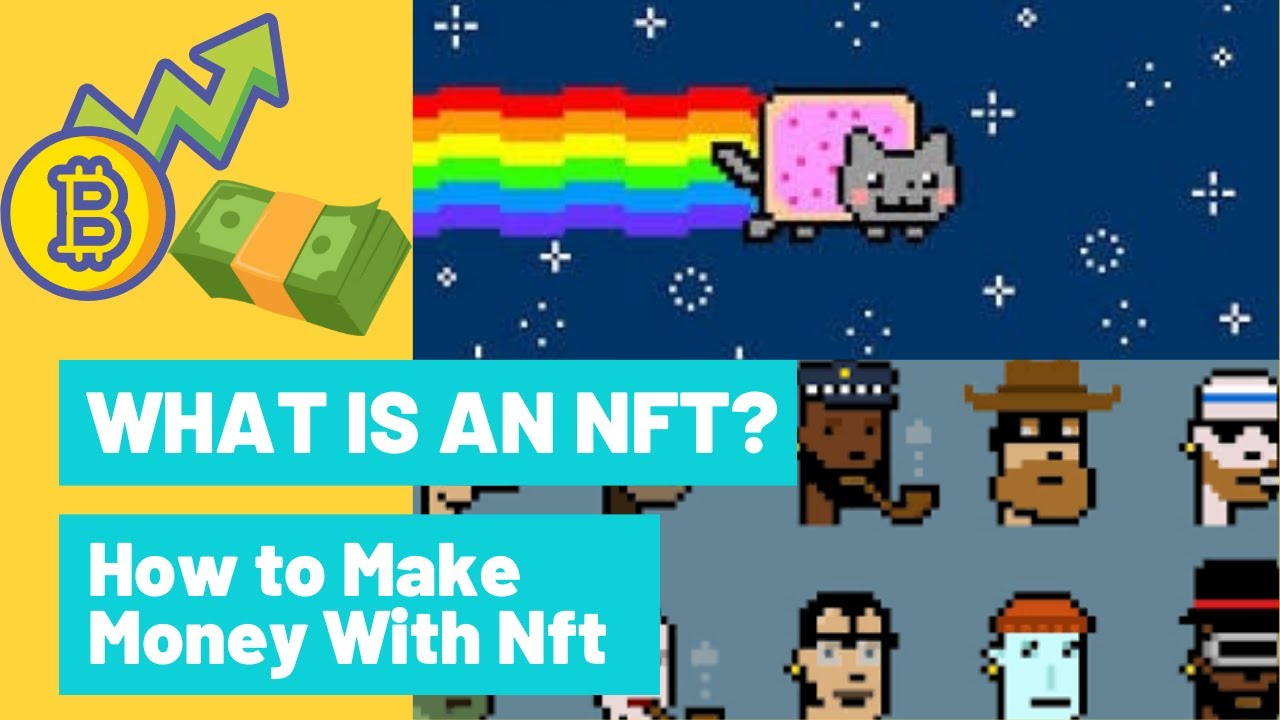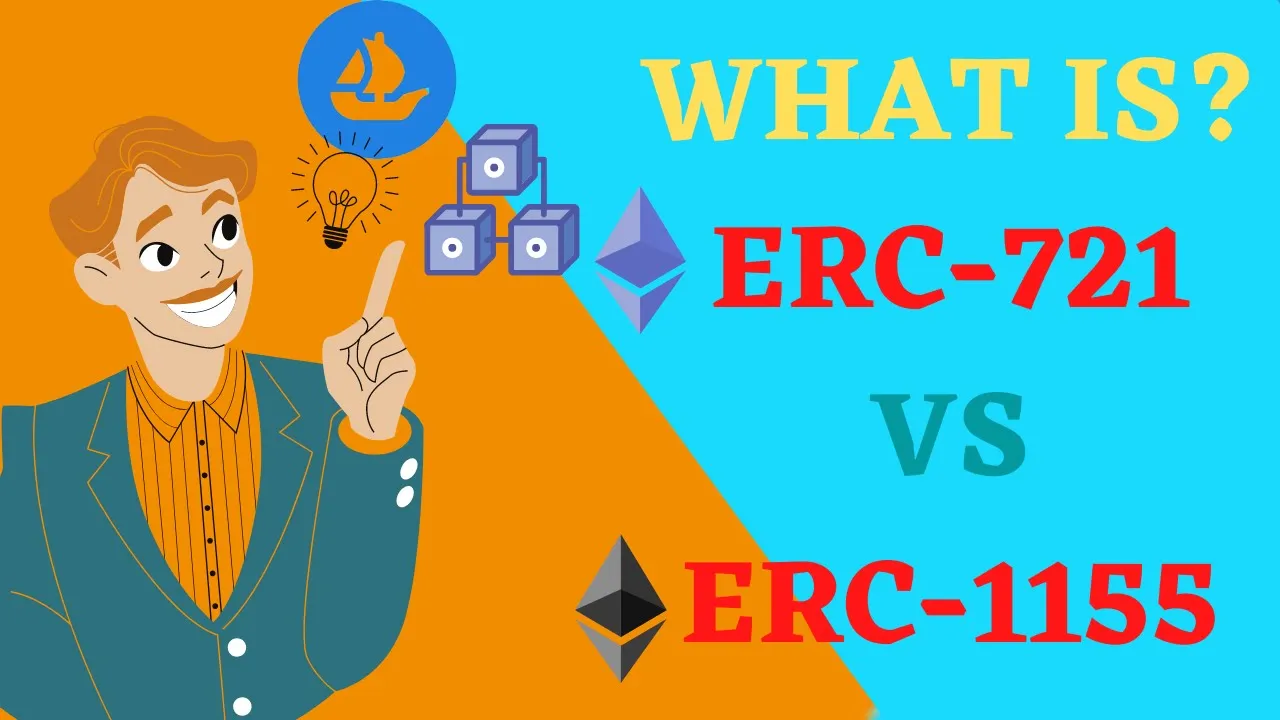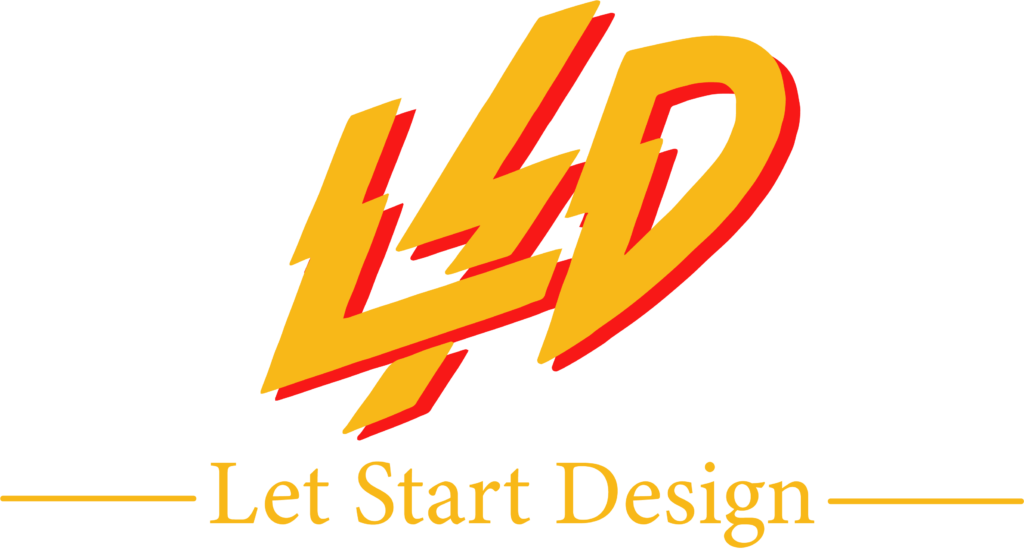I. Introduction
A. Explanation of ERC standards
ERC stands for Ethereum Request for Comment and is a technical standard used for smart contracts on the Ethereum blockchain. ERC standards help developers create interoperable tokens that can be used across different applications and platforms.
B. Brief history of ERC-721 and ERC-1155
ERC-721 was introduced in 2017 and is used for non-fungible tokens (NFTs), which are unique digital assets such as collectibles or unique in-game items. ERC-1155, introduced in 2018, is used for both fungible and non-fungible tokens, and allows for multiple tokens to be sent in a single transaction.
C. Importance of understanding the differences between ERC-721 and ERC-1155
Understanding the differences between these two standards is crucial for developers who want to create tokens that are optimized for their specific use case. Choosing the wrong standard can result in unnecessary gas fees, lost data, and compatibility issues with other platforms and applications.
II. Understanding ERC-721
A. What is ERC-721?
ERC-721 is a technical standard used for creating non-fungible tokens (NFTs) on the Ethereum blockchain. Unlike fungible tokens like ERC-20, each ERC-721 token is unique and cannot be exchanged for another.
B. Features of ERC-721
-
Unique Tokens Each ERC-721 token has a unique identifier that is used to distinguish it from other tokens.
-
Non-Fungibility Unlike fungible tokens, ERC-721 tokens cannot be exchanged for one another, as each token is unique.
-
Immutability Once created, ERC-721 tokens cannot be modified or deleted, ensuring that the token’s uniqueness is preserved.
C. Use cases for ERC-721
-
Crypto collectibles ERC-721 tokens are often used for collectibles such as digital art, sports memorabilia, and other unique items.
-
Gaming assets Many blockchain games use ERC-721 tokens for unique in-game assets such as weapons, armor, and other collectibles.
D. How to create an ERC-721 smart contract
-
Pre-requisites To create an ERC-721 smart contract, you will need a development environment such as Remix or Truffle, as well as a basic understanding of Solidity, the programming language used to write smart contracts.
-
Code walkthrough The code for an ERC-721 smart contract involves defining the token’s name, symbol, and metadata, as well as creating functions to mint, transfer, and query the token.
-
Deployment Once the smart contract has been written and tested, it can be deployed to the Ethereum blockchain using tools such as Remix or Truffle.
III. Understanding ERC-1155
A. What is ERC-1155?
ERC-1155 is a technical standard used for creating both fungible and non-fungible tokens on the Ethereum blockchain. Unlike ERC-721, ERC-1155 allows for multiple tokens to be sent in a single transaction.
B. Features of ERC-1155
-
Batch Transfers ERC-1155 allows for multiple tokens to be transferred in a single transaction, reducing gas fees and increasing efficiency.
-
Fungibility and Non-Fungibility ERC-1155 allows for both fungible and non-fungible tokens to be created and used on the same contract, making it a versatile standard for developers.
- Flexibility ERC-1155 allows for developers to create tokens with different supply types, including fixed supply, infinite supply, and variable supply.
C. Use cases for ERC-1155
-
In-game items ERC-1155 tokens are often used in gaming applications for both fungible items such as in-game currency and non-fungible items such as weapons or unique in-game assets.
-
Crowdfunding and fundraising ERC-1155 tokens can be used to represent shares or equity in a company, or to represent a stake in a crowdfunding campaign.
D. How to create an ERC-1155 smart contract
-
Pre-requisites To create an ERC-1155 smart contract, you will need a development environment such as Remix or Truffle, as well as a basic understanding of Solidity, the programming language used to write smart contracts.
-
Code walkthrough The code for an ERC-1155 smart contract involves defining the token’s name, symbol, and metadata, as well as creating functions to mint, transfer, and query the token.
-
Deployment Once the smart contract has been written and tested, it can be deployed to the Ethereum blockchain using tools such as Remix or Truffle.
IV. Comparison of ERC-721 and ERC-1155
A. Differences in functionality
ERC-721 is used for non-fungible tokens, while ERC-1155 is used for both fungible and non-fungible tokens. ERC-1155 also allows for batch transfers, making it more efficient for applications that require the transfer of multiple tokens in a single transaction.
B. Gas fees and efficiency
ERC-1155 is more efficient in terms of gas fees, as it allows for batch transfers in a single transaction. ERC-721, on the other hand, requires a separate transaction for each token transfer.
C. Use case suitability
Choosing the appropriate standard depends on the specific use case of the token. For example, ERC-721 may be better suited for unique digital assets such as collectibles, while ERC-1155 may be more appropriate for fungible tokens such as in-game currency.
V. Conclusion
A. Recap of key points
ERC-721 and ERC-1155 are two different technical standards used for creating tokens on the Ethereum blockchain. Understanding the differences between these two standards is crucial for developers who want to create tokens that are optimized for their specific use case.
View More: How to Create and Sell Digital Products on Etsy
B. Final thoughts
Choosing the right standard is important to ensure that your token is compatible with other applications and platforms, and to avoid unnecessary gas fees and compatibility issues. With the knowledge gained from this article, developers can confidently choose the appropriate standard and create smart contracts for their specific use case.
